Market Trends
Key Emerging Trends in the Closed System Drug Transfer Device Market
The increasing need for Closed System Drug Transfer Devices (CSTDs) is closely connected to the growth of cancer treatment services and the rising popularity of healthcare at home. These two factors are changing how healthcare works by emphasizing the crucial importance of safely handling and giving medications, especially those that can be harmful. The expansion of cancer services, driven by improvements in diagnosing and treating cancer, has led to more chemotherapy and related treatments. Places like outpatient cancer clinics and chemotherapy infusion centers are at the forefront of this growth, providing specialized care to cancer patients. According to the World Health Organization (WHO), cancer was the main cause of almost 10 million deaths in 2020, or about one in every six deaths. CSTDs are now essential in these places to ensure the safe preparation and giving of chemotherapy drugs, many of which are potent and dangerous. It's important to protect healthcare workers from potential exposure to these toxic substances, making the use of CSTDs a standard practice.
At the same time, the increase in home healthcare services has brought in a new way of caring for patients. Patients now get complex medical treatments, like chemotherapy, in the comfort of their homes. This change is not only convenient but has been sped up by the emphasis on reducing hospital visits due to the COVID-19 pandemic. CSTDs are crucial in home healthcare, where trained caregivers and even patients themselves give treatments. They allow the safe transfer of medications while lowering the risk of exposing family members and others in the home.
Also, this patient-centered approach fits with the main goal of improving the patient's experience and quality of care. Regulatory agencies, such as the U.S. FDA, recognize the need to ensure the safe handling of dangerous drugs in all healthcare settings, whether it's in a clinic or a patient's home. So, using CSTDs is required to meet regulatory standards, making them more common in both cancer services and home healthcare. Alongside this, competition in the market and a commitment to innovation in healthcare have led to improvements in CSTD technology. Manufacturers and suppliers are always working to meet the changing needs of healthcare providers, resulting in more advanced and user-friendly CSTDs. This competition makes these devices more appealing to healthcare facilities and home healthcare agencies as they look for top-notch solutions to ensure the safe administration of dangerous drugs.

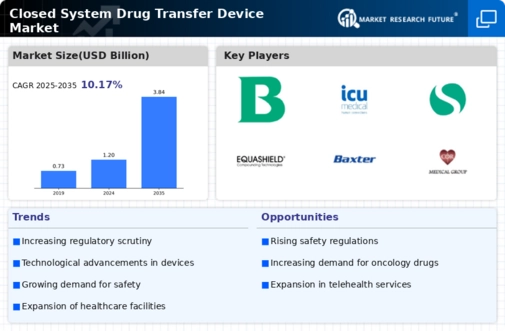

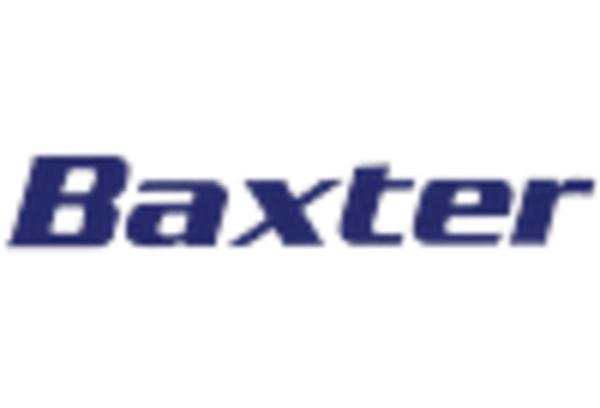
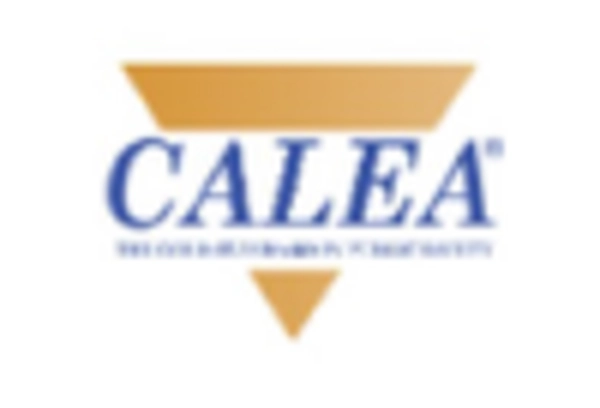
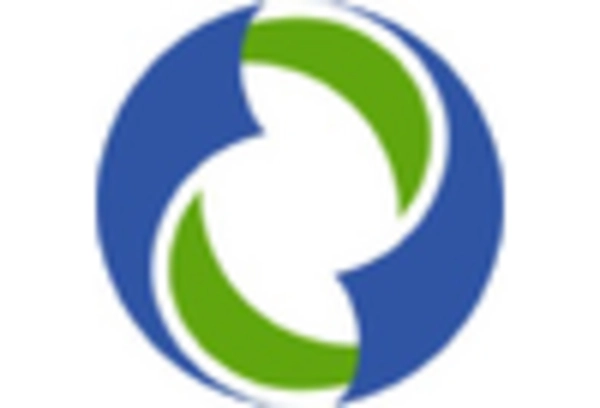
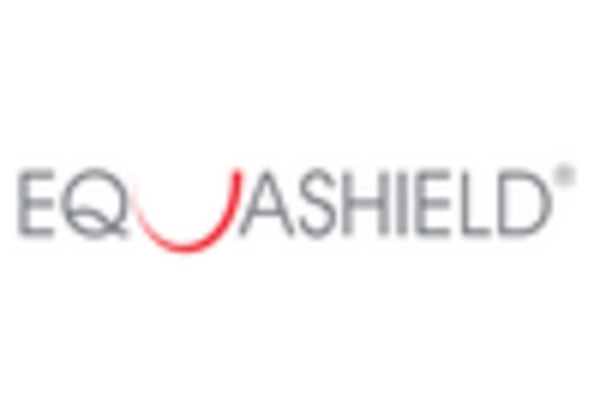
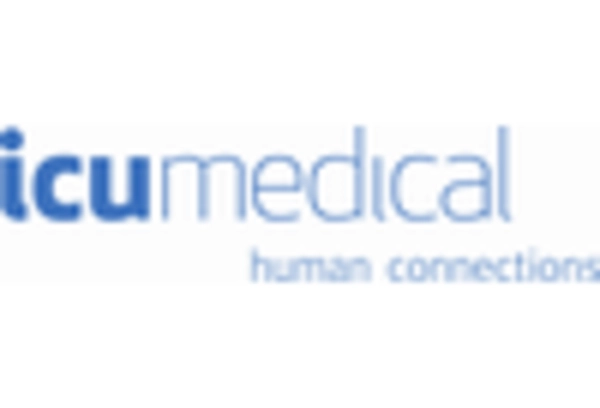

Leave a Comment